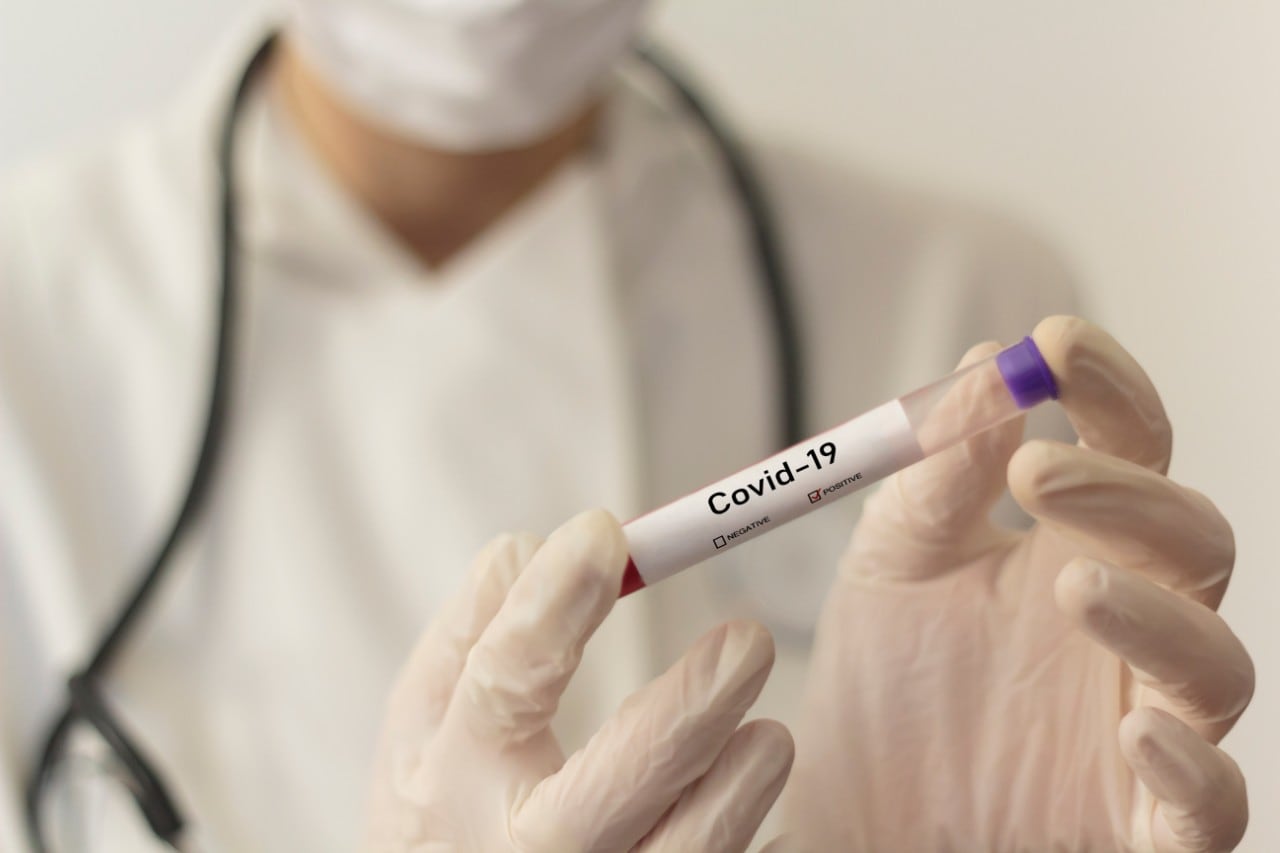COVID-19 triggered more innovation of healthcare systems across Central and Eastern Europe (CEE)
As the contagious virus spread rapidly throughout the region and the world, there was a growing need for immediate and accessible healthcare. So the industry turned to digital solutions. Virtual health became a game changer as we saw advances in the reach and speed of service delivery.
But while technology made virtual health possible, providers, payers and consumers have been slower than anticipated to adopt these new tools. Below, we explore the ways COVID-19 has shifted healthcare and what the future of telemedicine might look like.

COVID-19 has shifted healthcare
The contagious nature of the virus and the “stay at home” orders meant doctors had to find new ways to deliver healthcare services. This led to an increase in telemedicine.
Telemedicine is the delivery and facilitation of health and health-related services, including medical care, provider and patient education, health information services, and self-care, via telecommunications and digital communication technologies. It aims to improve the quality and access of services for citizens. Overall, it has economic benefits, increased access and better outcomes.
Future of Telemedicine
The healthcare sector responded quickly to the challenges that arose with the COVID-19 pandemic. How will this continue in the future?
Given the benefits we have seen for citizens and governments, the region should continue to invest and develop telemedicine resources beyond the health crisis. This could have huge advantages for chronic and primary care patients with increased accessibility of care.
But it is not enough to simply adopt these changes. Governments must consider the barriers, drivers and requirements that will be essential to implement this shift effectively.
What is the role of governments?
Over the past 30 years of transformation in CEE, governments have seen more success when they put citizens at the centre. And telemedicine has already shown it can bring services closer to the citizens.
Governments should support these initiatives to further expand the care to their community.Their role should focus on building the structure for sustainable implementation, protecting their citizens and ensuring data security.
Building the structure
Governments should develop norms, regulations and standards around the implementation of these services. By building partnerships with healthcare providers, they can ensure the protocols are based on emerging data and experience. Beyond the rules and regulations, healthcare providers must have the appropriate skills and knowledge to effectively provide ehealth services. Governments should provide workforce capability upskilling to support virtual care.
Protecting their citizens
Protecting their citizens should be the core of government involvement and oversight in telemedicine. This includes raising awareness and promoting the latest eHealth solutions, continuously verifying care delivery models are updated, and moving hospital based chronic care to home based and distant care models. Governments should also provide funding to facilitate the services, in order to eliminate out-of-pocket payment and remove financial barriers.
Ensuring data security
Cybersecurity and data privacy are the largest risks of telemedicine. Governments should provide secure infrastructure and ensure necessary coverage of high-speed mobile internet to allow for seamless usage of telemedicine across devices. But they should also work with healthcare providers to ensure data is protected and secure.
As we establish the new normal post-crisis, governments need to establish the role of telemedicine. Strategies and rationale should be adapted overtime to reflect changes in citizen needs and healthcare abilities. Future developments should drive growth in new markets and populations, and explore new applications that can help bring healthcare directly to the citizens.
What does this look like?
During COVID-19, governments around the world adopted various approaches to quickly identify infected individuals, as well as trace the people they had been in contact with to reduce the spread.
Let’s take the Czech Republic, for example. In response to the pandemic, private sector IT companies developed CZ Smart quarantine. The application uses historic data to create “memory maps” that help to track where these individuals have been in the previous weeks. The application combines available data from infected people with maps in order to identify people at risk. Using GPS and Bluetooth, the application will warn citizens about locations or individuals in their surroundings that may be a threat.
The application was fully adopted and supervised by the Ministry of Health and the Ministry of the Interior Affairs. Keboola, a data operations company and a PwC client, manages the platform. PwC provided advice on the internal controls set-up and the data handling process.
How we’re helping to transform the healthcare industry

Healthcare solutions and services need to continue to transform and adapt to new challenges. This can be done by implementing new technologies.
At PwC, for example, we are exploring how drone technology can be used to transport medical and emergency supplies in a fast, safe and reliable manner.
This can be done in one of two methods:
Point to point delivery, or
Point to parcel locker.
The first option, point to point delivery, transports supplies from place of dispatch to a specific, chosen destination. This would allow for secure take-off and landing, and direct delivery to recipients in need.
Point to parcel delivery, on the other hand, could create a wider reach. Delivering supplies to a dedicated parcel locker with a drone landing pad allows for automation of the process and placement in convenient locations, such as city centres.
Drone technology has already assisted with medical supply delivery in several countries around the world. At PwC we are actively working with our clients to develop these services so we can efficiently bring supplies to citizens globally.
Contact us



